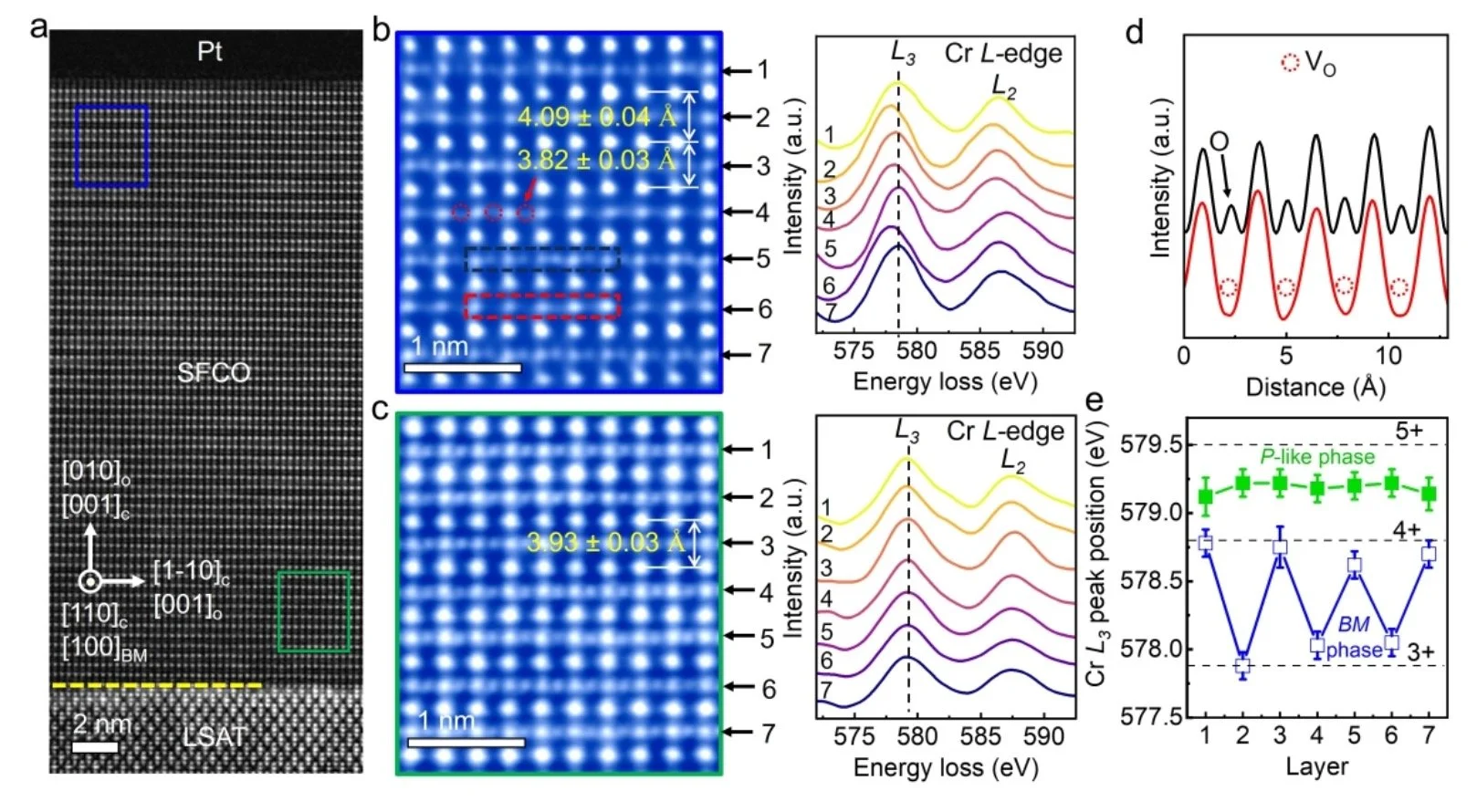Oxidation State Modulation Paper Published in Nano Letters
Perovskite oxides are a class of materials with a specific crystal structure that exhibit a wide range of interesting properties, including ferroelectricity, magnetism, and superconductivity. These properties make perovskite oxides promising for use in a variety of applications, including electronics, sensors, and energy storage.
In our new paper published in the journal Nano Letters, we show that it is possible to modulate the oxidation state of a perovskite oxide thin film by controlling the growth conditions. The oxidation state of a material refers to the number of electrons that have been gained or lost by an atom in the material. The ability to control the oxidation state of a perovskite oxide thin film could lead to the development of new materials with tailored properties.
We utilized molecular beam epitaxy (MBE) to grow thin films of a perovskite oxide called strontium ferrite (SrFeO3). MBE is a method for growing high-quality thin films with precise control over the growth conditions. We found that by varying the oxygen pressure during MBE growth, we could control the oxidation state of the SrFeO3 thin films. Specifically, we found that we could produce films with either a brownmillerite-like (BM) phase or a perovskite-like (P) phase. The BM phase is oxygen-deficient, while the P phase is oxygen-stoichiometric.
We also found that the oxidation state of the SrFeO3 thin films could be modulated on a layer-by-layer basis. This means that we could produce films with different oxidation states in different layers. This is a significant finding because it could lead to the development of new materials with properties that vary in different layers.
